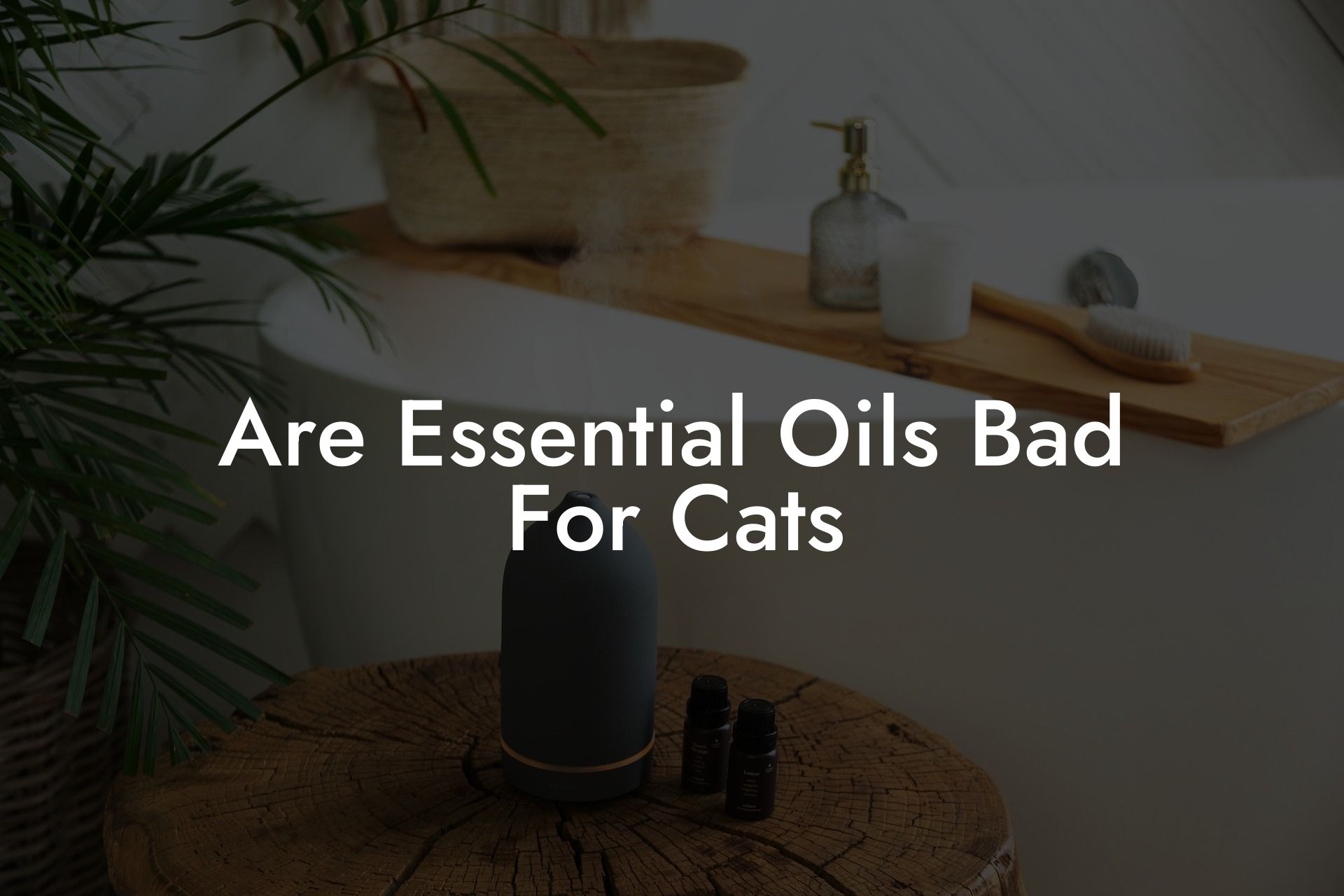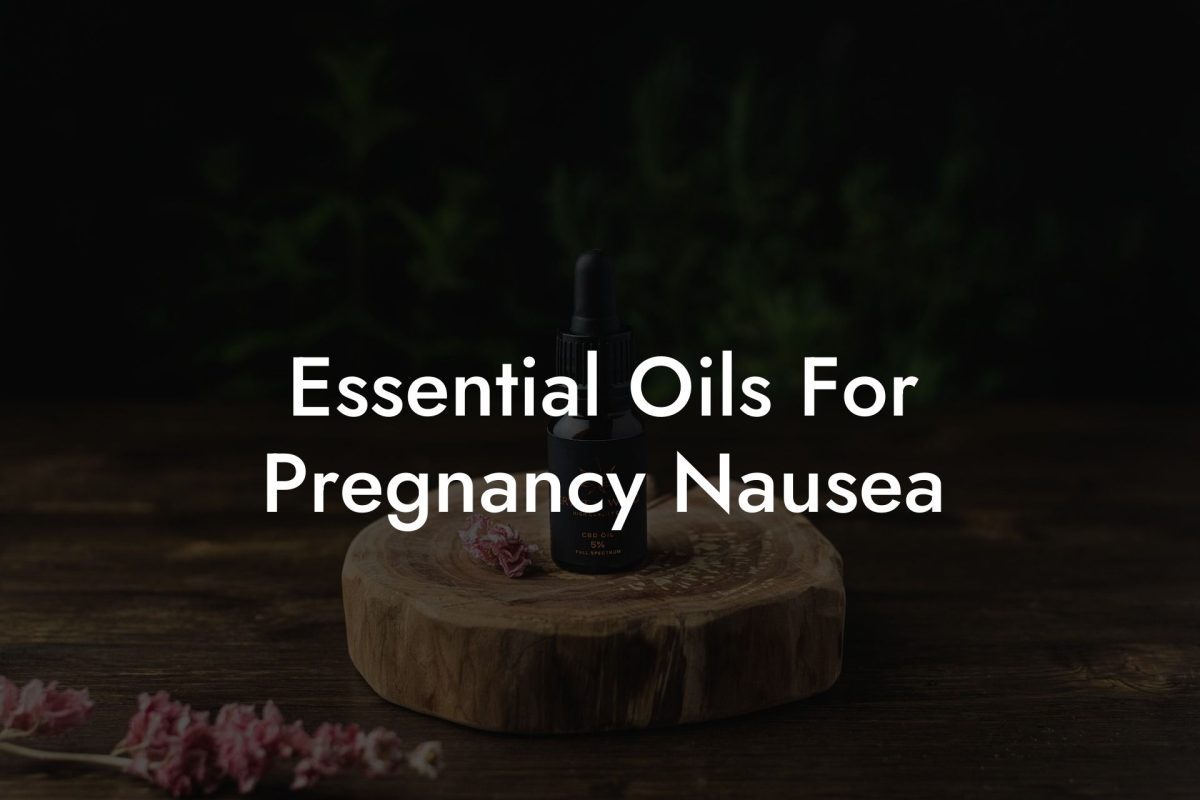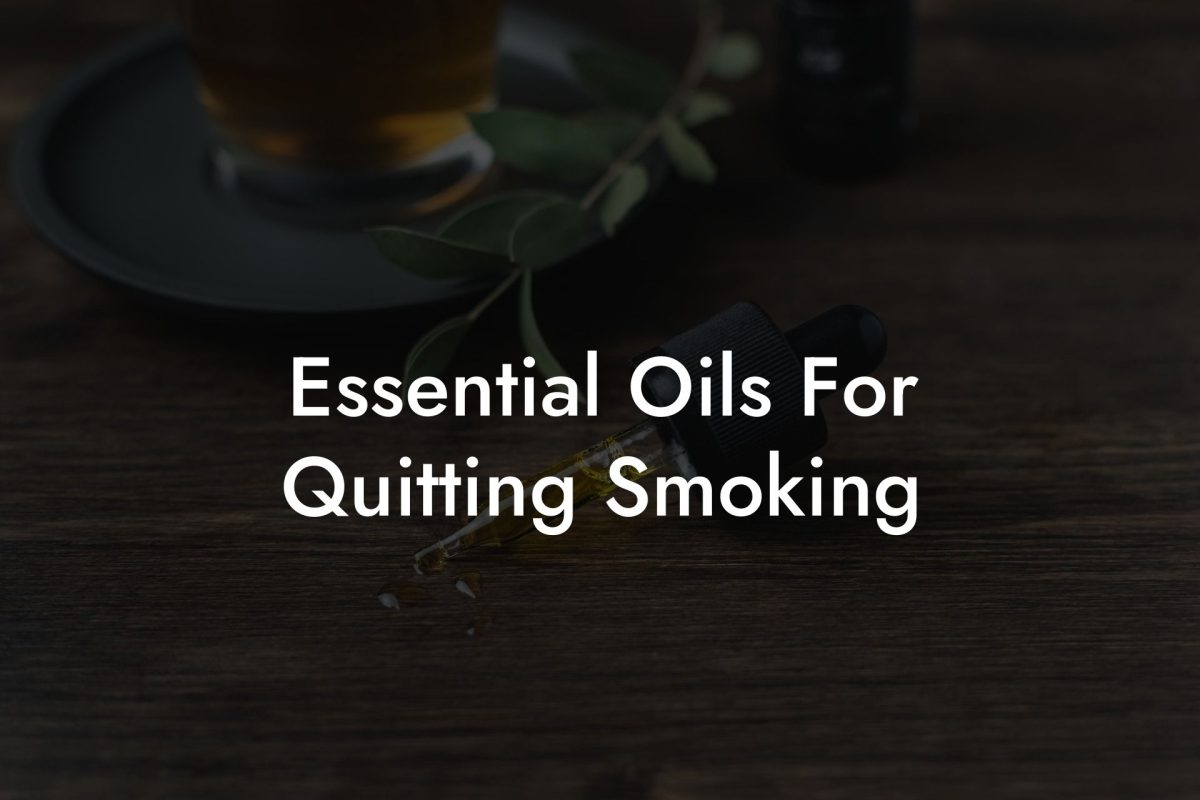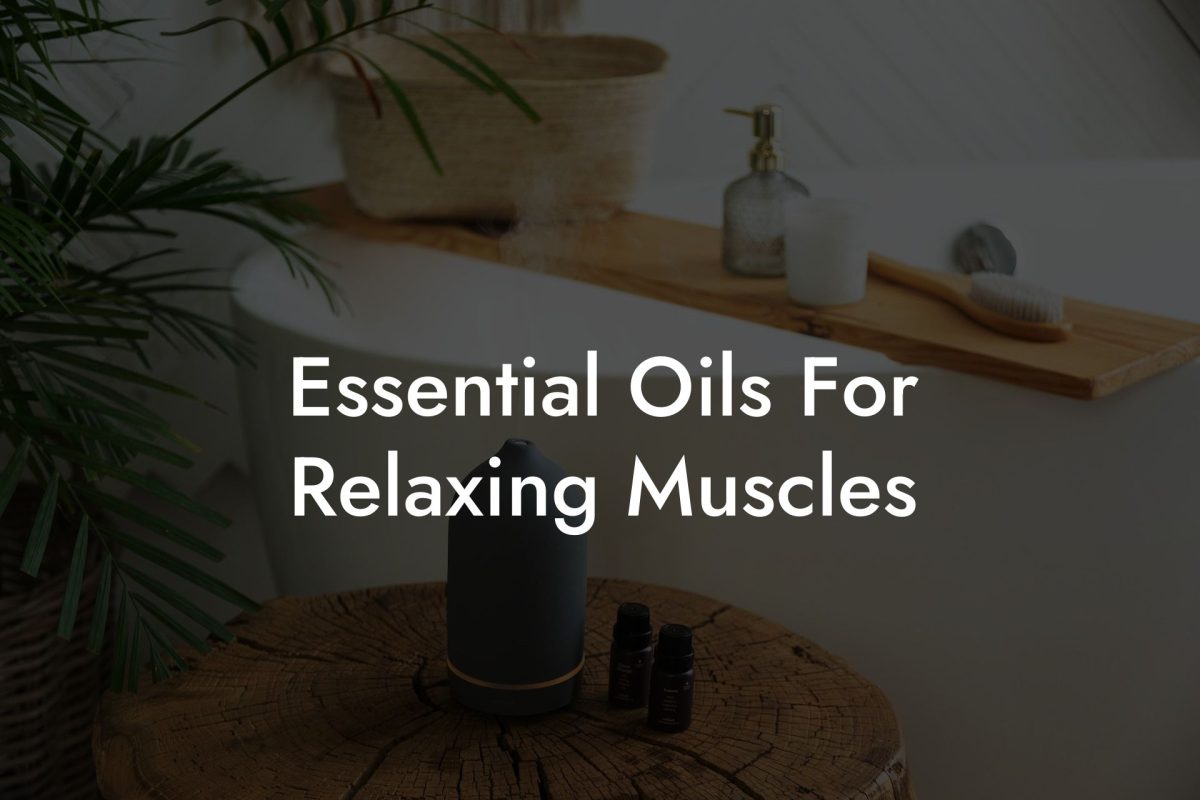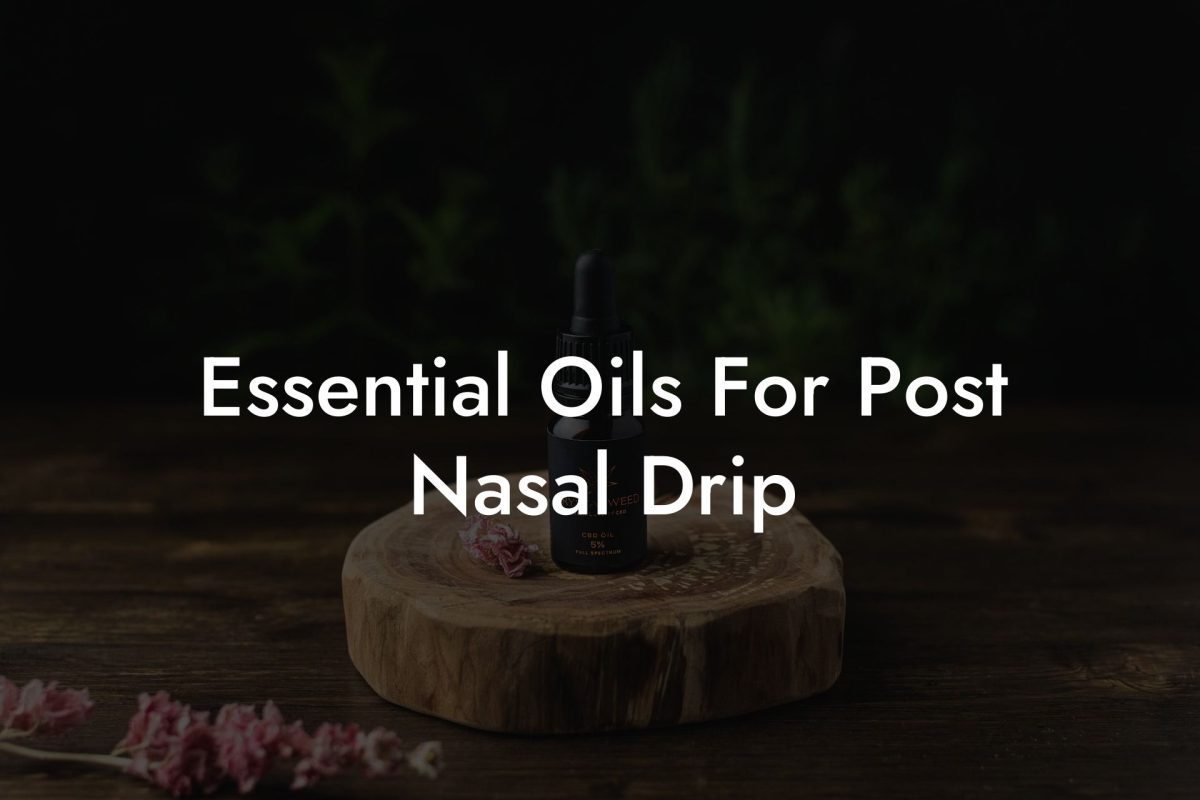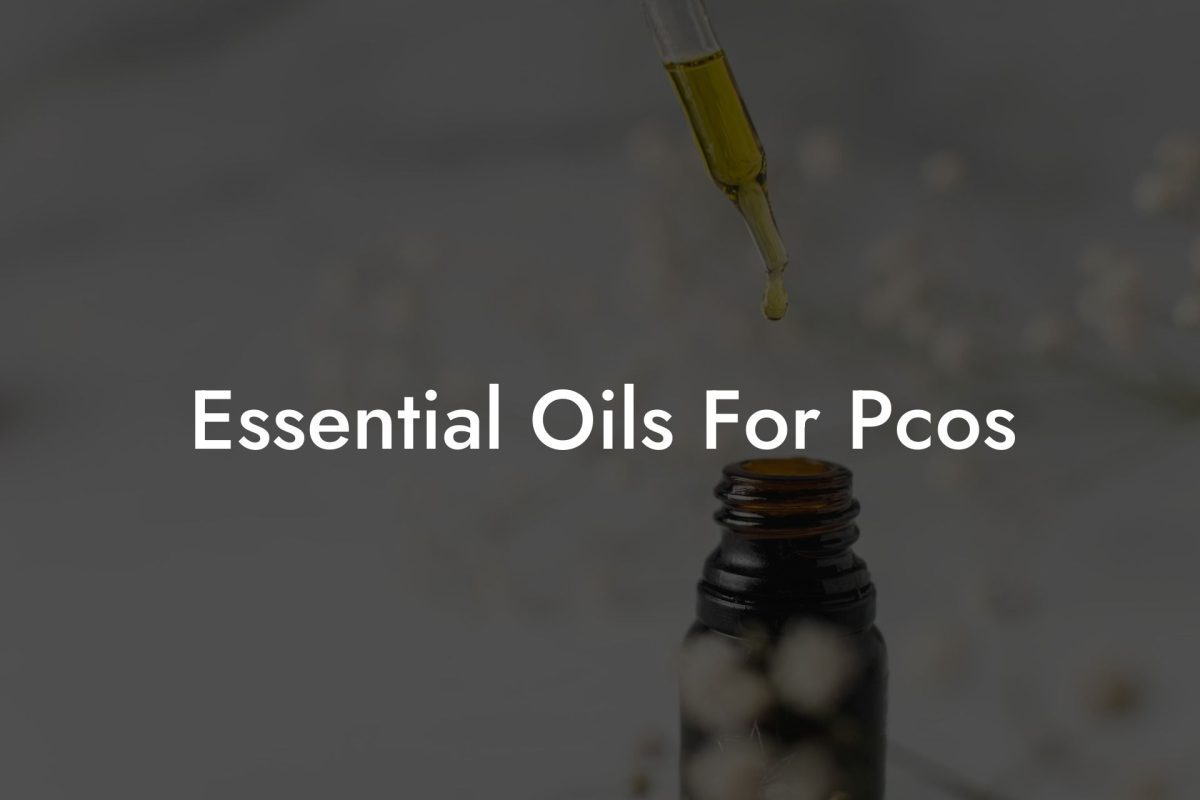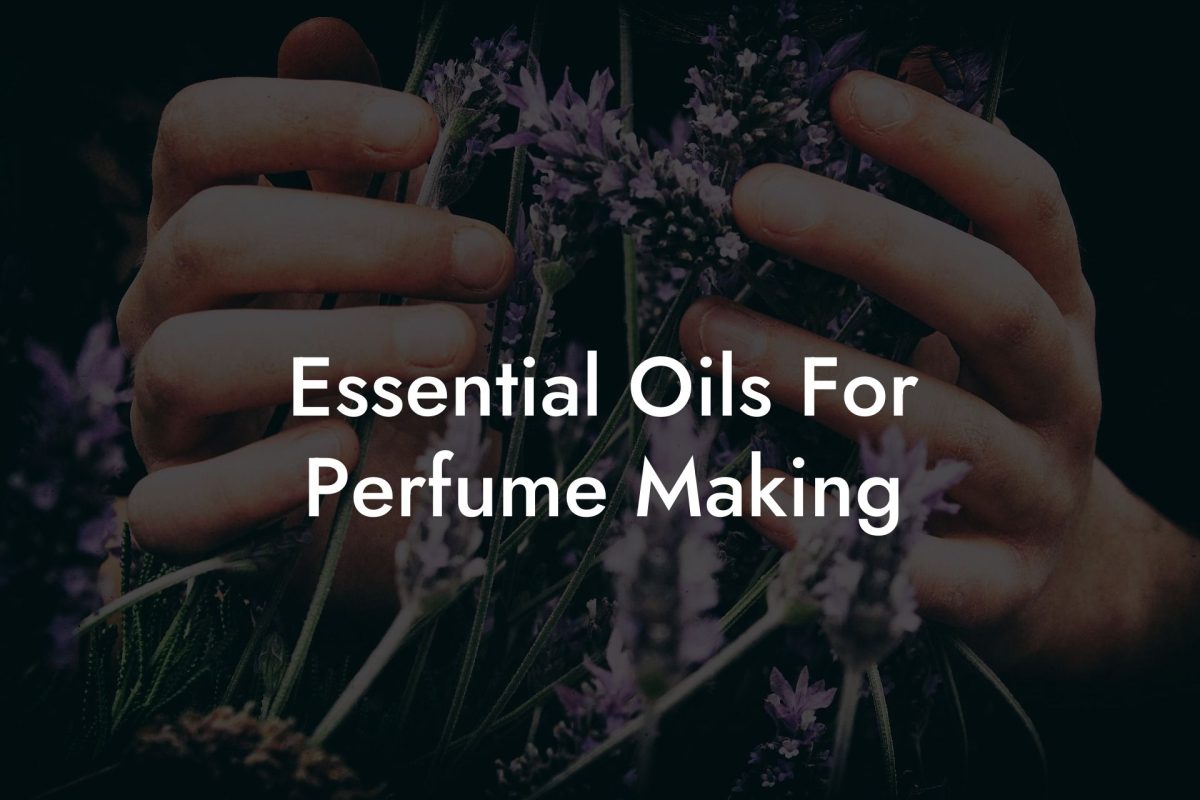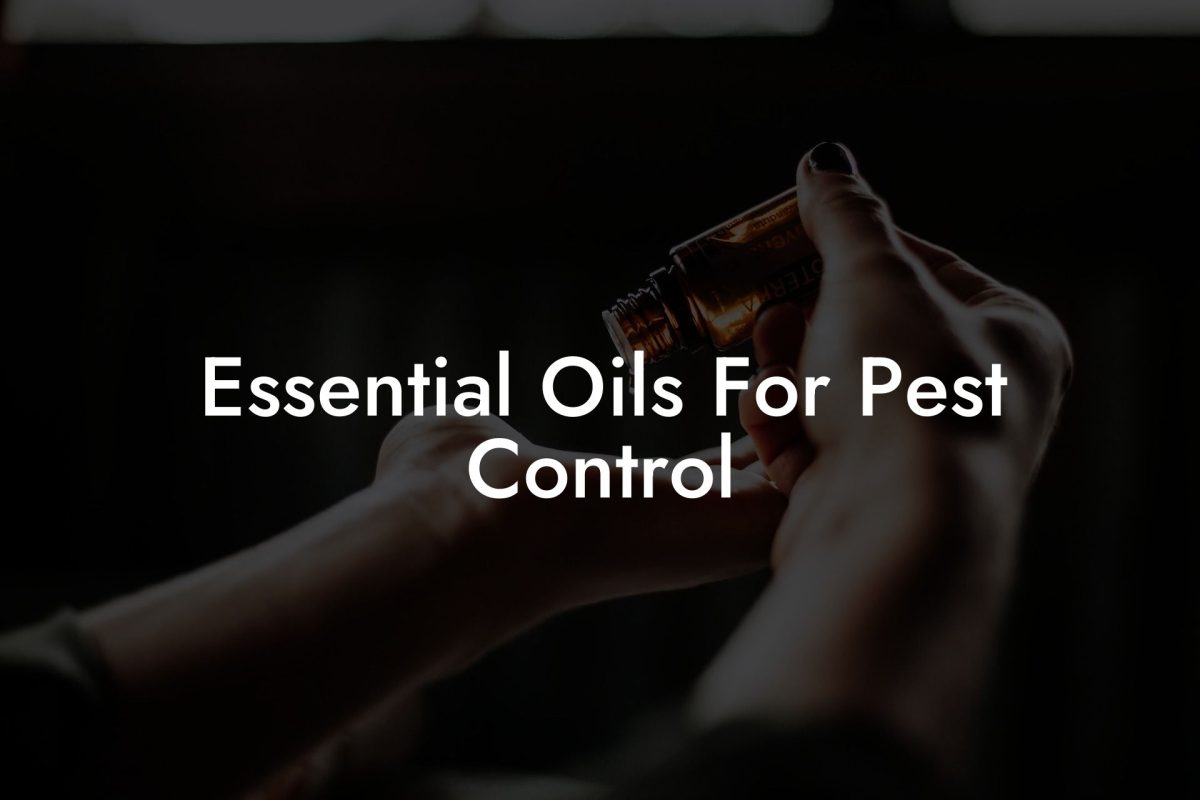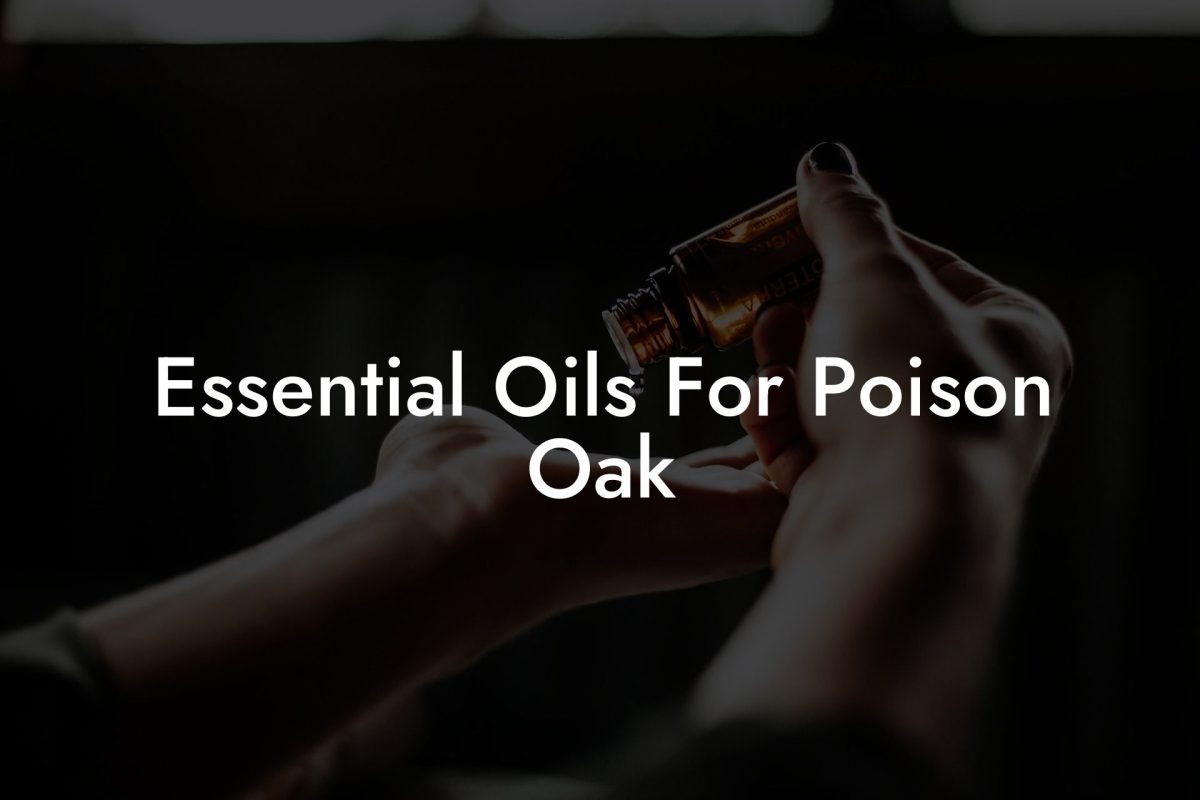Are you an essential oil enthusiast and a cat lover? If so, you’ve probably wondered whether these aromatic oils could pose any harm to your feline friend. With essential oil popularity on the rise, it’s crucial to keep our furry companions safe while enjoying the benefits of aromatherapy. In this article, we’ll discuss the potential risks of essential oils for cats, what to watch out for, and how you can safely use these oils around your pets.
Table of Contents
Why Essential Oils May Pose a Risk to Cats
Cats have a unique physiology that makes them sensitive to certain chemicals found in essential oils. Unlike humans and some other animals, cats lack the liver enzyme glucuronidase, which means they are less able to metabolize and eliminate certain toxins. Consequently, some essential oil compounds can build up in a cat’s system, and result in adverse reactions.
Potentially Harmful Essential Oils for Cats
While not every essential oil is dangerous to cats, there are some that can be particularly toxic to them. The following oils are known to be especially harmful to felines:
- Eucalyptus
- Tea Tree (Melaleuca)
- Peppermint
- Citrus oils (Lemon, Orange, Grapefruit)
- Pine
- Wintergreen
Observe for Symptoms of Essential Oil Toxicity
Cats exposed to toxic levels of essential oils may exhibit one or more of the following symptoms:
- Drooling
- Difficulty breathing or panting
- Lethargy
- Weakness
- Uncoordinated movements
- Vomiting or diarrhea
If you notice any of these signs in your cat, contact your veterinarian immediately. Timely diagnosis and treatment can help prevent severe complications.
Creating a Safe Environment for Your Cat
Choose Safe Essential Oils
Not all essential oils are bad for cats. Some oils, like lavender and chamomile, are considered safe for use around them. However, always make sure to dilute these oils properly and follow the appropriate safety guidelines associated with each oil, as some can still be toxic if ingested or exposed to in excessive amounts.
Proper Essential Oil Diffusion
When diffusing oils in your home, it’s critical to do so safely and strategically. Keep the following practices in mind when using your essential oil diffuser:
- Use a water-based diffuser rather than an oil-based or heat diffuser, which can release more concentrated levels of essential oils into the air.
- Place the diffuser in a room that your cat does not frequent and close the door, allowing the cat a separate “safe” space.
- Keep diffusing times to a minimum, about 15-30 minutes per session.
Prevent Direct Exposure
Avoid applying essential oils directly to your cat’s fur or skin. If you have oils on your hands, wash them before touching or petting your cat. Store your essential oils in a secure location, away from your cat’s reach.
Consult a Veterinarian
If you have any concerns about essential oils and your cat’s safety or are unsure about which oils may be appropriate, consult with your veterinarian. They can provide guidance on how to create a pet-friendly environment while still enjoying the benefits of essential oils.
Are Essential Oils Bad For Cats Example:
Consider a scenario where you want to diffuse lavender oil in your home while your cat roams about. To create the safest environment, you could use a water-based diffuser in a room that your cat doesn’t have access to, diffusing only for 15-30 minutes. By doing this, you can still enjoy the calming benefits of lavender while ensuring the safety of your furry friend.
In conclusion, essential oils can be harmful to cats if not used safely. By educating yourself on the potential risks associated with these oils and taking the necessary precautions, you can create a comfortable environment for both you and your feline friend. If you found this article helpful, please share it with other cat lovers who may benefit from this information, and explore more essential oil guides and products on Oshu Oils. With the right knowledge and precautions, you can enjoy the benefits of aromatherapy without compromising your cat’s health and happiness.

